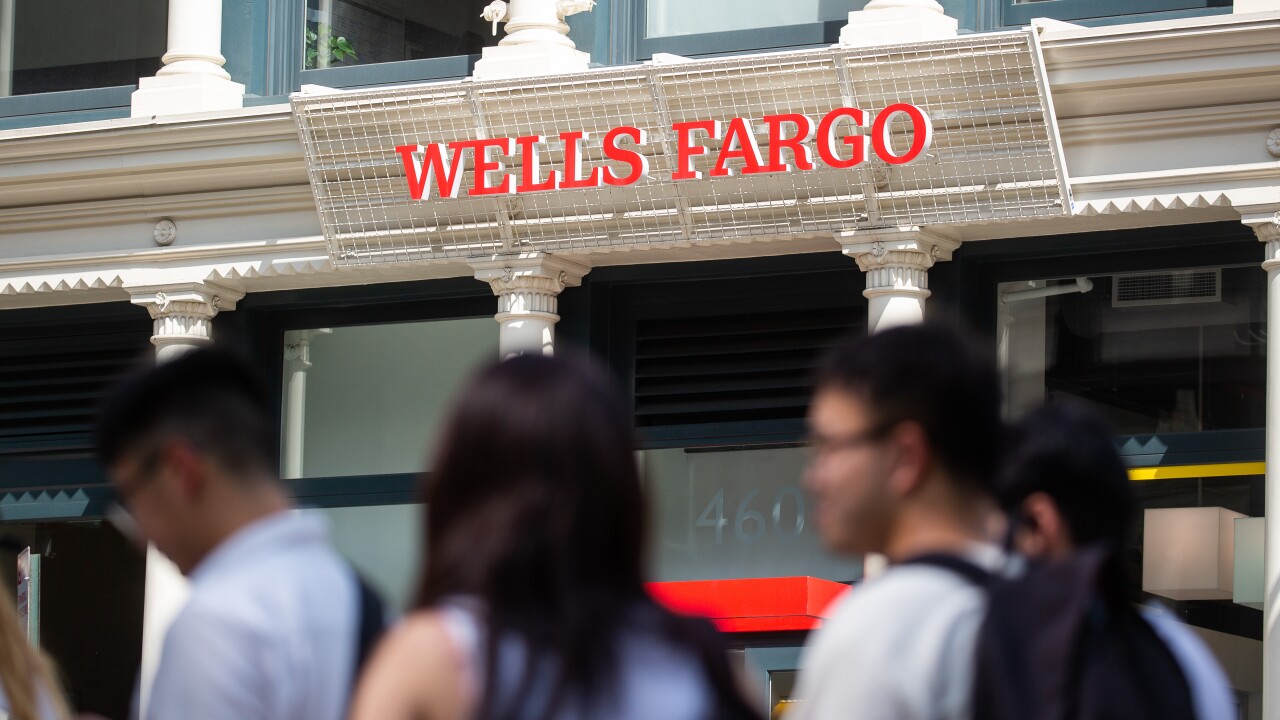As his company continues its mission to replace wallets and traditional payment terminals, MobilePayUSA CEO Randy Smith believes his company’s Virtual Terminal represents “more than a new way to pay; you are getting payments and marketing.”
The Virtual Terminal point-of-sale Windows software works with consumers who download the MobilePayUSA application to support payments from their smart phones. The product is getting its first test run at the Tutti Frutti Frozen Yogurt store in Balboa Island, Calif., the Irvine Calif.-based company announced July 13.
Before using the service, consumers must register a payment card on the MobilePayUSA website, which securely stores the information. When they log in to the application using a PIN, the phone’s geo-location function identifies the merchant and posts its “storefront” on the phone’s screen. When ready to make a purchase, the user taps a “Make Payment” button on the screen, selects the payment card method, and hits “Pay Now.” A green screen then appears with the words “Show phone to Cashier.”
The cashier enters the sale amount and hits “Authorize Payment” after seeing the green screen. Payment confirmations then appear within seconds on the screens of both the merchant and consumer.
A MobilePayUSA spokesperson declined to say how the clerk's PC knows specifically who the consumer is at checkout using the service.
MobilePayUSA is partnering with Revention POS Solutions, Inc. to offer the coupons and loyalty-rewards programs to merchants. The client list for Revention includes Tutti Fruitti and Flippin Pizza of San Diego, which MobilePayUSA says also is earmarked for beta testing.
Merchants are not required to install contactless readers or other software, and consumers do not need special wallet software on their phones. And data security is improved by not sharing card data with the merchant or storing it on the phone, Smith says.
After the private beta test, MobilePayUSA plans to do a public beta test of the system during the fourth quarter with the intent “to go full throttle” by the first quarter of 2012, Smith says.
“Our plan is to bring dozens of merchants onto our product, and we are currently forming partnerships with larger merchants, bank card independent sales organizations and distribution partners to add customers,” Smith says.
The Virtual Terminal differs from some other e-wallets because it does not use radio frequency identification chips embedded in smart phones to hold credit card numbers to process payments, Smith says.
“The only other comparable methods would be Mocapay and Tabbedout, but I don’t know if there is another [service] like this” PC-based product on the market, Smith says.
MocaPay requires the user to download a MocaPay application and submit a confirmation code to set up an account before registering their current brand loyalty or gift cards to become “mobile” in the MocaPay wallet and obtaining payment codes for each transaction. The user can provide the payment code to the cashier of a merchant accepting MocaPay, or the cashier can scan a bar code displayed on the smartphone.
Tabbedout is an application download that enables a user to choose a restaurant or bar location and open a “tab” that produces a code shown to the server or bartender. Once the tab is open, the code is no longer needed. When paying, Tabbedout encrypts the user’s name and credit card number and sends the information to the location’s point-of-sale system. It also accommodates splitting tabs and sends email receipts.
Virtual Terminal is designed for smaller businesses and “mom-and-pop” operations, but MobilePayUSA is working on integrated systems for larger businesses. In those cases, MobilePayUSA would be able to integrate into any electronic cash register payments system the business uses, Smith says.
Another potential option would be to connect a major processer to MobilePayUSA so the service could work with any shopping cart or point-of-sale location, Smith adds.
Tutti Fruitti Yogurt was a good place to start because it is a popular franchise with 284 stores, and the ability of the MobilePayUSA e-wallet to hook up to other social media to make store coupons available would benefit the merchant, he says.
“Anytime you see the MobilePay logo at a store, that merchant’s response rates to coupons and deals will increase,” Smith contends.
MobilePayUSA caught the attention of payments-industry observers in January when it earned an award at a conference sponsored by TechCrunch, a technology blog. The award came six months after MobilePayUSA was formed.
Though its fees can vary depending on the sales volume of the merchant, MobilePayUSA generates its revenue by charging the merchant 1% of the sale plus 25 cents.
The company will not have specific numbers on users until the public beta testing begins during the fourth quarter, according to Chris Woolsey, a MobilePayUSA spokesperson.
Brian Riley, senior research director in the bank cards practice at TowerGroup, a global financial services research and analysis firm, believes the MobilePayUSA announcement, though “anecdotally interesting,” is one of several technology advancements coming in an active mobile-payments market.
“It’s a question of which model finally takes hold, and smaller companies like MobilePayUSA will still have to deal with heavyweights like PayPal. But they are all trying to find the defining moment,” Riley says.
Riley believes MobilePayUSA is wise to test at a smaller business, but it indicates “they are not ready for prime time yet. Otherwise, it would be in McDonald’s.”
“At the end of the day, we may end up with 8-tracks, cassettes or CDs, and it’s just a matter of throwing a lot on the wall and seeing what sticks,” Riley says of the fast-changing mobile payments world.
What do you think about this? Send us your feedback.





